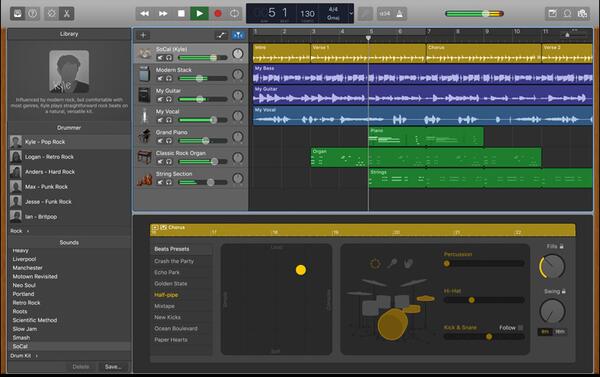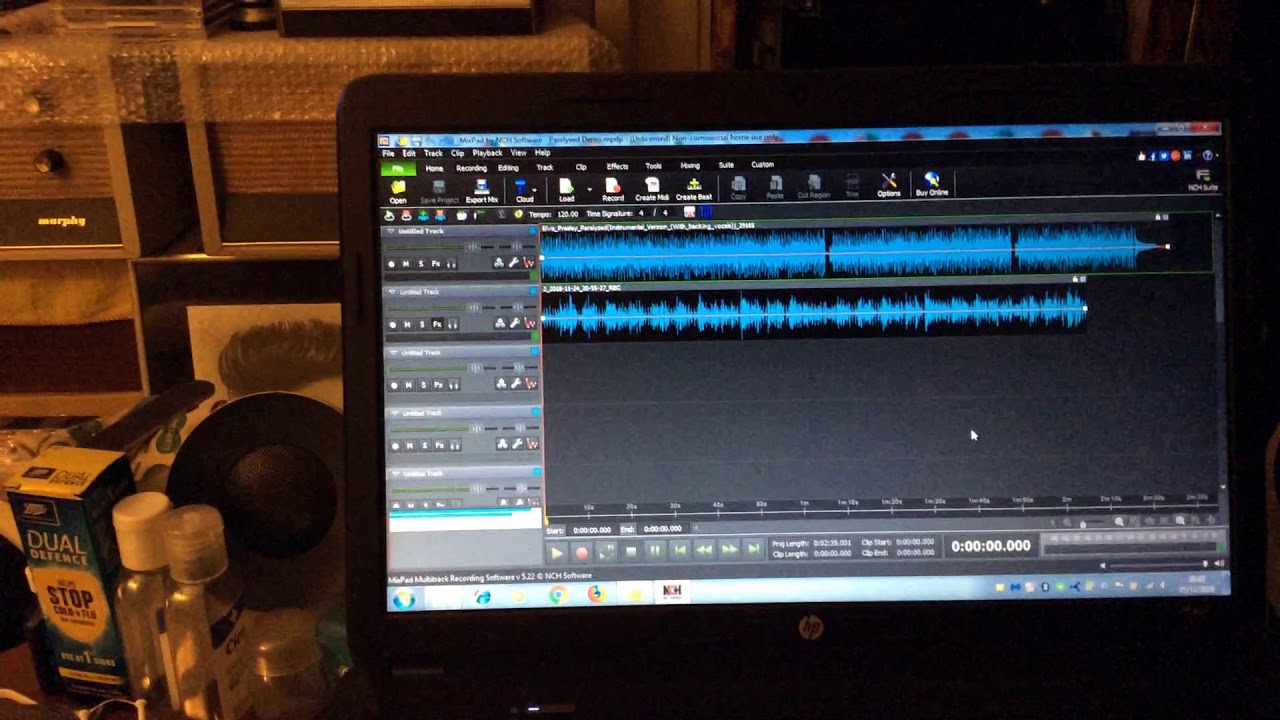

But these can even be linked together to have 48 or 72 tracks if necessary. It didn't take long for eight-track recorders to become the industry standard.Įven since the 1990s, when the industry completely switched over to digital recording from analog tape recording, the multitrack process has only gotten more sophisticated. The Beatles' John Lennon even decided to splice together two different versions of the song "Strawberry Fields Forever," meaning their producer George Martin constructed the final product from two four-track recordings. Innovators like the Beatles, the Beach Boys' Brian Wilson and producer Phil Spector took advantage of multiple tracks, experimenting with the new sounds they could create. The 4-track recorder became common by the 1960s.

Multitrack recording soon started to revolutionize the recording industry. Each track can be rerecorded or deleted without affecting the other tracks. This was the first multitrack recorder, which allows different "tracks" or channels of sound to record and playback synchronously (the vocals on one track, guitar on another, and so on). In 1954, Paul convinced a company that made recorders, Ampex, to build him a 3-track recorder. This was the case until musician and innovator Les Paul started experimenting with recording over himself so that he could play multiple parts in the same song.


 0 kommentar(er)
0 kommentar(er)
